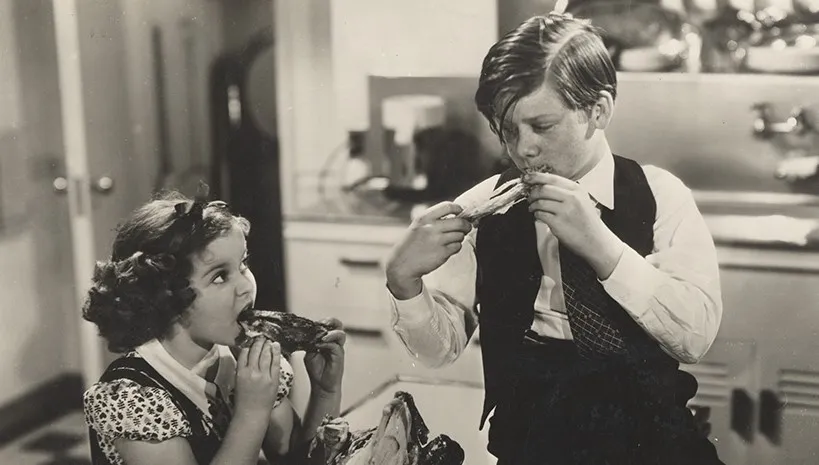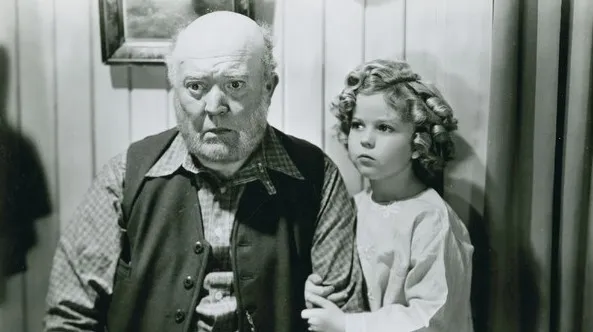The 1939 Rose Parade, held annually in Pasadena, California, is a cherished tradition that draws crowds from across the nation to witness the dazzling floats, marching bands, and vibrant performances. However, the 1939 parade was particularly memorable due to the appearance of one of Hollywood's most beloved child stars: Shirley Temple. Her presence at the Rose Parade that year was a highlight of the event and solidified her status as a national treasure. In this article, we will delve into the significance of Shirley Temple's involvement in the 1939 Rose Parade and explore how this moment captured the essence of her star power during the late 1930s.

By 1939, Shirley Temple had already become a household name. At just 11 years old, she was the highest-grossing film star of the era, enchanting audiences with her extraordinary talent, charm, and precociousness. With hit films like "Bright Eyes," "Curly Top," and "Heidi," Temple had solidified her place in Hollywood history. Her signature curls, bright smile, and tap-dancing prowess made her a beloved figure not only in the United States but around the world.
Her success in film and her remarkable appeal to audiences of all ages meant that Shirley Temple was not just a child star; she was a cultural phenomenon. Her influence extended beyond the silver screen, affecting fashion, music, and even national morale during the Great Depression.

The Rose Parade, also known as the Tournament of Roses Parade, is a long-standing tradition that showcases elaborate floral floats, high school bands, and equestrian units. Held every New Year's Day, it marks the beginning of the Rose Bowl football game and is a celebration of both community and creativity. For many years, the parade has attracted celebrities and dignitaries, adding an extra layer of excitement and glamour to the event.
In 1939, the Rose Parade was no exception. The event was a grand spectacle of colorful floats and entertainment, but the addition of Shirley Temple as a special guest brought an extra touch of magic. Shirley's involvement in the parade was not just a personal appearance; it was a symbol of the era's fascination with the young star and her incredible rise to fame.

Shirley Temple's participation in the 1939 Rose Parade was marked by her presence as the grand marshal of the event. Her role was more than symbolic; it represented the culmination of her incredible success in Hollywood and her connection to the American public. Shirley Temple rode in a beautifully decorated convertible, waving to the crowds that had gathered to see the parade. The car, adorned with flowers and bright decorations, was a perfect match for the young star's sparkling personality.
The 1939 parade was not just about the visual spectacle but also about the connection between celebrities and their fans. Shirley's appearance was a highlight of the event, drawing immense crowds and generating a buzz that extended beyond the parade itself. Her participation was a reflection of her status as a beloved figure in American culture, and it was a moment that resonated with fans who had followed her career closely.

Shirley Temple's presence at the 1939 Rose Parade had a profound impact on both the event and her public image. The parade, which had always been a major event in Southern California, was elevated by her involvement. The excitement surrounding her appearance reflected the widespread admiration and adoration that the young star commanded.
For Shirley, the parade was an opportunity to connect with her fans in a different way. While her films had already made her a household name, the Rose Parade allowed her to interact with the public in a more personal and direct manner. The warm reception she received from the crowd was a testament to her immense popularity and the joy she brought to people across the country.
The 1939 Rose Parade also highlighted the role of celebrities in shaping public events. Shirley Temple's participation was not just a highlight of the parade but also a reflection of the way Hollywood and entertainment intersected with American culture. Her appearance demonstrated the power of celebrity to capture the public's imagination and bring people together in celebration.

Shirley Temple's appearance at the 1939 Rose Parade remains a significant moment in both her career and the history of the event. It was a testament to her extraordinary popularity and the way she captivated audiences with her charm and talent. The parade was more than just a showcase of floats and performances; it was a celebration of the cultural icons of the time, with Shirley Temple at the forefront.
Looking back, the 1939 Rose Parade serves as a reminder of the impact that entertainment figures can have on public events and popular culture. Shirley Temple's role in the parade was a reflection of her status as a beloved star and her ability to connect with fans in a meaningful way. Her appearance was a symbol of the joy and optimism that she brought to people during a challenging period in history.

The 1939 Rose Parade was a landmark event that showcased the best of Hollywood and American culture. Shirley Temple's participation as the grand marshal was a highlight of the parade, reflecting her immense popularity and the deep connection she had with her audience. Her appearance not only added a touch of glamour to the event but also demonstrated the power of celebrity to bring joy and excitement to people across the country.
As we look back on Shirley Temple's role in the 1939 Rose Parade, we are reminded of the enduring legacy of this extraordinary child star and the impact she had on popular culture. Her presence at the parade was a celebration of her remarkable career and a reflection of the happiness she brought to millions of fans. The 1939 Rose Parade remains a cherished moment in Hollywood history, and Shirley Temple's involvement is a testament to her enduring charm and influence.

Shirley Temple in Tournament of Roses Parade with her father George, January 2, 1939

Shirley Temple in Tournament of Roses Parade with her father George, January 2, 1939

Shirley Temple in Tournament of Roses Parade with her father George, January 2, 1939



